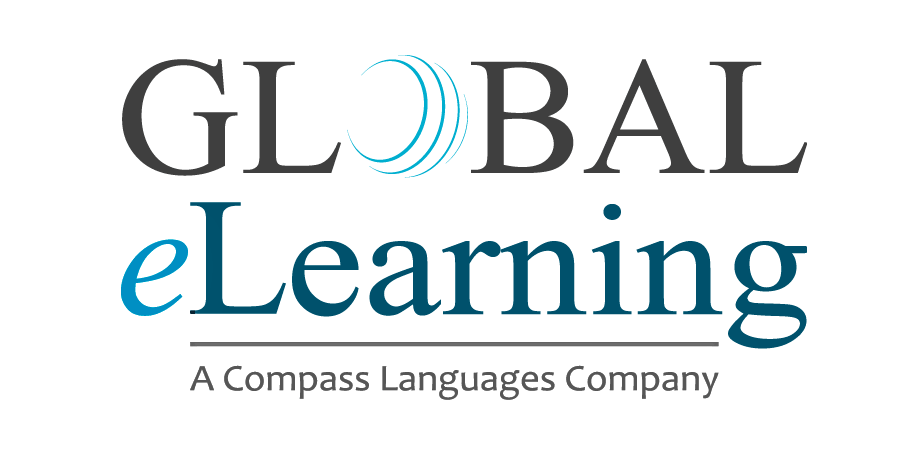The 8 Great Questions Surrounding eLearning Multilingual Versions
- Mar 28 2019
- @ 1:00 pm EDT
- 60 Min.
- Mar 28 2019
- @ 1:00 pm EDT
- 60 Min.
-
Presented by
-
Sponsored by
-
Presented by
-
Sponsored by
Watch the webinar
The 8 Great Questions Surrounding eLearning Multilingual Versions
Many companies have expanded into international markets where native languages present an immediate barrier for transferring knowledge, and equally, obtaining valuable information. Training material originally created in one language and with one culture in mind now must be localized to those of a different culture using words and phrases that are both relevant and engaging. The outcome of globally shared values, best practices, conduct standards, and strategic processes must be first learned, then applied, and then held accountable. Easily said but not easily accomplished.
This transformation of content to be appropriate in another language is what we call “localization”. There is little argument about the history of localization projects – expensive, time-consuming, and often late. As managers and directors responsible for getting content localized, there are questions that continue to gnaw at all of us – even after multiple projects are done and gone. We call them “great” questions because concrete answers still elude our industry to this day.
So, by the end of the webinar you'll know:
- What is the real impact of globalizing (localizing) training content … is there any ROI?
- How is L&D content localized … how should it be done?
- What are the complexities that drive cost and schedule?
- Why do so many language companies struggle (fail) to deliver localized versions on time?
- How can Instructional Designers influence the cost of multilingual versions in their initial creation of L&D content?
- After so much time and effort in achieving engagement in the source content, how do I assure that the new culture will be similarly engaged?
- Other than seeing content in a localized form, do people in other cultures learn differently?
- Is there hope that emerging technologies will reduce the cost/schedule of L&D localization efforts in the near future?
Recommend this read to your friends and #shareknowledge!
Watch the webinar
Speakers
Gary Schulties
Gary Schulties is the President of Global eLearning and brings 7 years of experience in engineering localization processes that provide L&D customers a reliable and affordable new language outcome that meets all learning/training expectations. Gary’s mission has successfully produced a company that offers faster turnaround times and more affordability to an ever-growing list of customers in the L&D industry.


